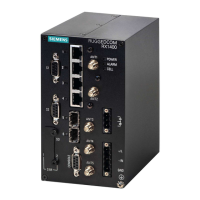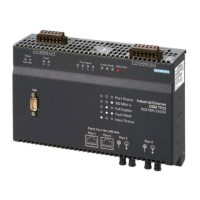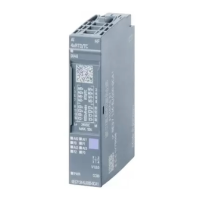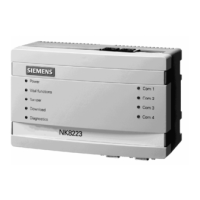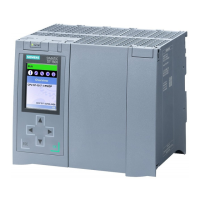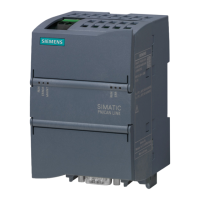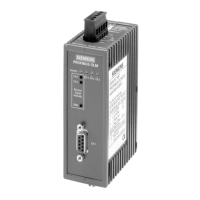RUGGEDCOM ROX II
CLI User Guide
Chapter 13
Unicast and Multicast Routing
Managing Networks 497
Section13.8.7
Managing Networks
As opposed to neighbors, which are specific routers with which to exchange routes, networks are groups of
routers that are either part of a specific subnet or connected to a specific network interface. They can be used at
the same time as neighbors.
NOTE
For point-to-point links, such as T1/E1 links, specify neighbors instead of a network. For more
information, refer to Section13.8.6.2, “Adding a Neighbor”.
NOTE
Networks for the BGP protocol do not require a valid entry in the routing table. Since BGP is a broader
gateway protocol, a more general network specification would typically be entered. For example,
if a routed network inside the Autonomous System (AS) was comprised of many different Class C
subnets (/24) of the 192.168.0.0/16 range, it is more efficient to advertise the one Class B network
specification, 192.168.0.0/16, to its BGP neighbors.
NOTE
If neighbors are specified but no networks are specified, the router will receive routing information
from its neighbors but will not advertise any routes to them. For more information about neighbors,
refer to Section13.8.6, “Managing Neighbors”.
CONTENTS
• Section13.8.7.1, “Viewing a List of Networks”
• Section13.8.7.2, “Adding a Network”
• Section13.8.7.3, “Tracking Commands for a BGP Network”
• Section13.8.7.4, “Deleting a Network”
Section13.8.7.1
Viewing a List of Networks
To view a list of networks configured for the BGP protocol, type:
show running-config routing bgp network
If networks have been configured, a table or list similar to the following example appears:
ruggedcom# show running-config routing bgp network
routing bgp
network 192.168.12.0/24
!
network 192.168.123.0/24
!
!
If no networks have been configured, add networks as needed. For more information, refer to Section13.8.7.2,
“Adding a Network”.
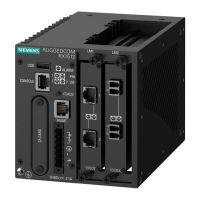
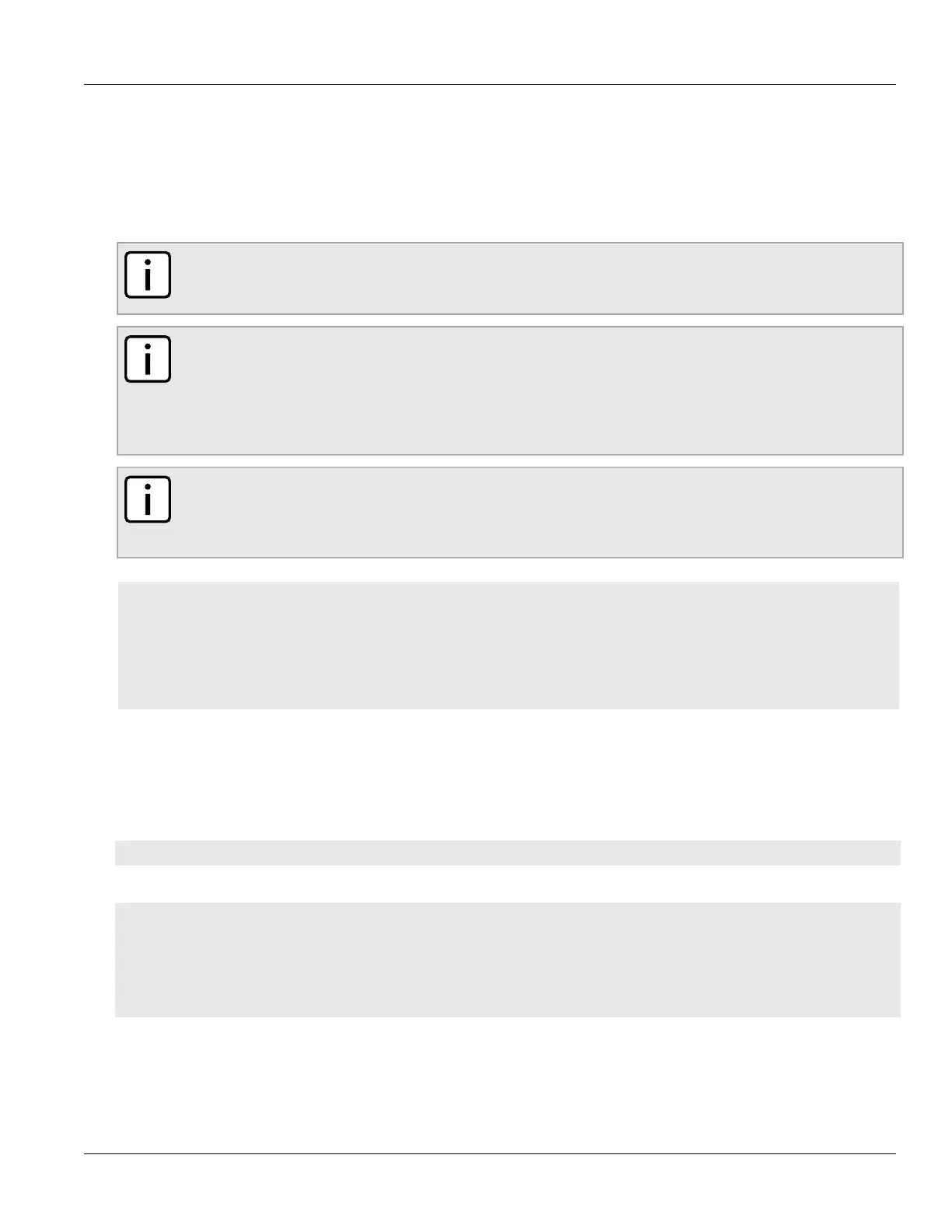